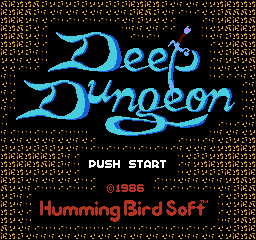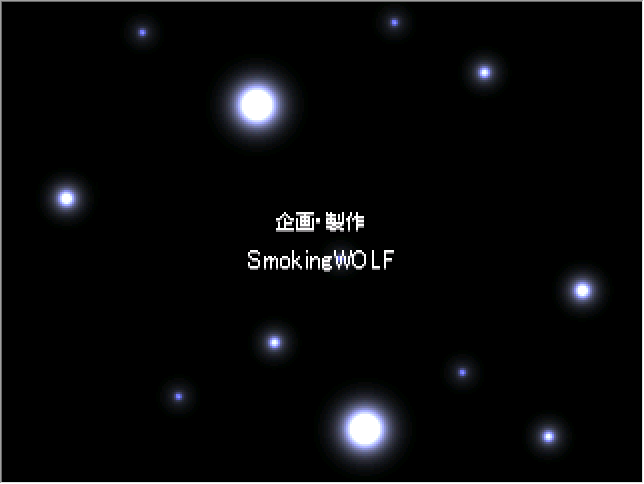Phantasy Star

Phantasy Star, Sega 1987, Sega Mk. III / Sega Master System I played this game because it was an early and popular DRPG, but I'm not sure it makes sense to evaluate it as one. It's more like a Dragon Quest II clone with first-person dungeons: much of one's time is spent on the overworlds or in (2D, fully explorable) towns; the dungeons are many and small, not few and labyrinthine; and so on. You could almost call it a spiritual successor to Ultima 1 given the science-fantasy setting, 3D dungeons paired with a 2D overworld, multiple land vehicles, and corridor-based dungeons, but the turn-based combat makes the comparison feel a bit inapt: it's a JRPG through and through. Combat pits the party of 1-4, initially Alis alone but growing to include Myau, Odin, and Noah, against a group of enemies. Unusually, there's never more than one type of monster in the group, or even stat variance between monsters of the same type. Battles, therefore, are as simple and unstrateg...

